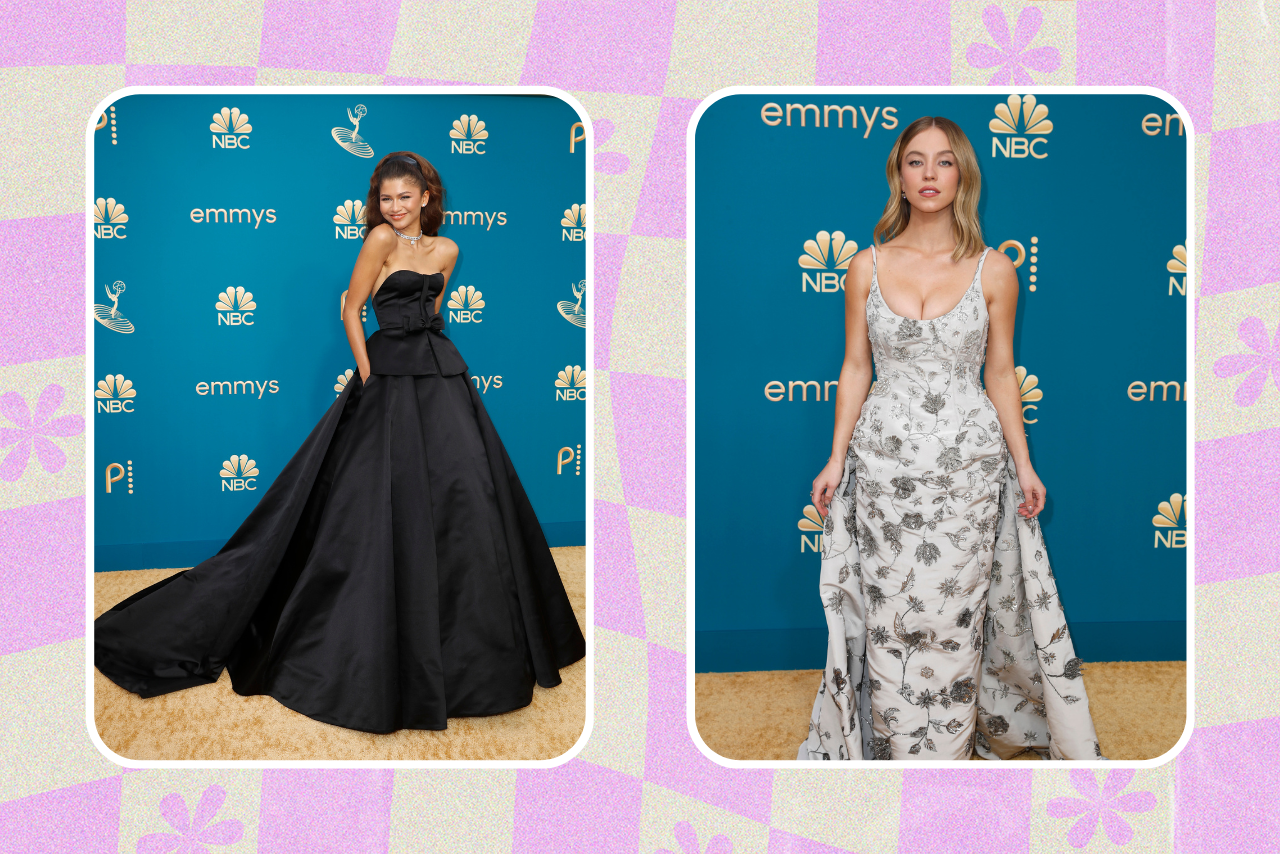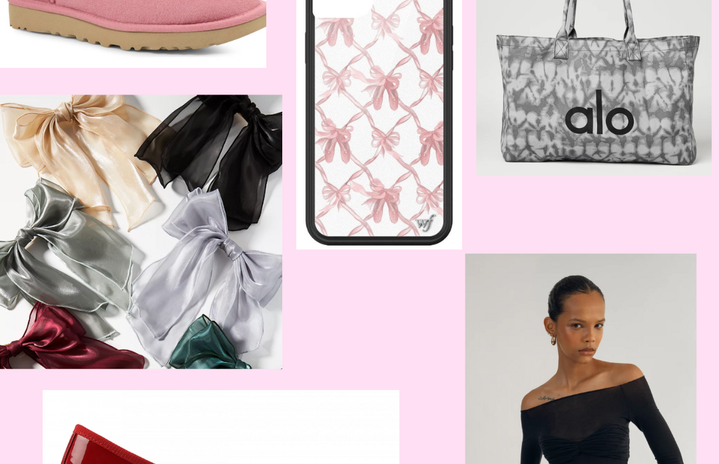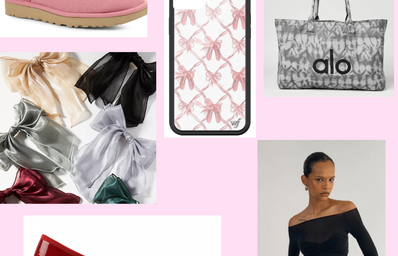Throughout history, women have used fashion to make a statement. In 1963, Jackie Kennedy chose to remain in her blood-splattered pink suit hours after witnessing her husband President John F Kennedy’s assassination. In 1994, Princess Diana wore her iconic black “Revenge Dress” to a Vanity Fair party. The daring outfit came just hours after her former husband Prince Charles publicly admitted to infidelity. In 2016, Women’s basketball teams Indiana Fever, New York Liberty, and Phoenix Mercury warmed up in “Black Lives Matter” t-shirts as a response to recent police brutality. In 2018, Serena Williams wore a tutu in her first game of the US Open, in protest of its ban on her iconic catsuit. What women decide to wear is immensely powerful, but unfortunately, can work against us.
The media tends to define famous women by what they wear. Instead of listening to what these women say, the press analyzes their clothes to determine their personality and brand. Something as simple as the color or silhouette a famous woman chooses can alter public perception of her character. This has been an issue for decades. In 1917, the first female member of Congress, Jeannette Rankin, took office. She was immediately categorized as “thoroughly feminine” by the Washington Post. Rankin was typecast as such because of her “small, high and distinctively French heels” and her propensity to wear “soft and clinging gowns.” The Post included no such analysis of Rankins’s politics or ideas. This is but one of many examples of well-known women being reduced to a fashion choice.
Prominent Disney star Miley Cyrus was known for her role as Hannah Montana. Cyrus sported a very innocent style on the show. As a result, the media refused to take her seriously. Cyrus attempted to break out of this mold by debuting a more mature silhouette in her Can’t Be Tamed music video. She rocked a tight-fitted, glittery black unitard. The outfit, video, and song were meant to display Cyrus’s stylistic range. Unfortunately, her new look further confined her. Instead of her new music, People Magazine chose to focus on the 17-year-old’s “Racy” outfit. The Daily Mail claimed she had “traded her wholesome Hannah Montana image for a very raunchy new look.” A single outfit had completely transformed public opinion on Cyrus. She was free from her Disney Starlet reputation but forced into a new one. The media assigned her the role of Girl Gone Wild.
In the past 10 years, social media has expanded clothing typecasting. Now, the standards set for female public figures apply to us all. No woman is safe from scrutiny for what she wears. Apps like Instagram and Tik Tok associate certain clothing articles with preset identities. Women are encouraged to dress not to make a statement or look their best, but to become someone new.
“You’re not wearing jeans and a baby tee because it’s comfortable, you’re wearing it to show everyone you’re a ‘clean girl’. You’re effortlessly beautiful and simple at the same time.”
“You’re not wearing pink because you like pink, you’re wearing it because you’re ‘coquette’. You’re childlike and ultra-feminine. Or, you love Lana del Rey.”
“You’re wearing headphones around your neck because you’re laid back.”
“You’re wearing booty shorts because you’re a gym girl.”
“You’re wearing a long flowery skirt because you’re fairy-core.”
Social media constantly generates these micro-trends and encourages women to comply with them. Women adapt these personas and put on a constant performance based on clothes. We are given prepackaged personalities and are then compelled to choose a style and stick to it like a religion. Even if we conform to these trends, women aren’t safe from criticism. This new format has made us more susceptible to criticism than ever.
The identifiers fall out of favor fast. “VSCO Girls” were torn apart on the internet for wearing scrunchies, pooka shell necklaces, and baggy tees. Ironically, all of these items were at the height of trendiness just a month prior.
Criticism like that of the “VSCO Girl” derives from the age-old dilemma of being “basic.” Every woman, at one point or another, has feared being basic. Society teaches us there is something inherently wrong with dressing mainstream, but there isn’t. Popular things are popular for a reason. Wearing commonplace clothes doesn’t equate to being boring.
Women are trapped in an endless cycle of being too much, or too little. If you go too far while trying to avoid being basic, you’re a try-hard. Interestingly enough, men are not held to this standard. They wear what they want and are never chastised for being too eclectic or typical.
The intersectionality that women of color and queer women face makes the standards of fashion perfection even higher. Dressing androgynously comes with judgment and contempt. Wearing clothes outside the scope of femininity is an invitation for abuse on the internet. Women of color are reduced to stereotypes should they choose to wear cultural clothing items. A black woman with hoop earrings is “ghetto,” an insult never given to white women wearing the same thing.
Was Serena Williams trying too hard in that tutu? Was Princess Diana’s revenge dress basic? Let women dress the way they want. Let us “try too hard”, or not at all. Let us wear trendy clothes, or something comfy. Let us make a statement, but don’t put us in a box. Women should choose clothes that make them feel beautiful and confident, not fit a category. Clothing should reflect who we are, not define who we are.





